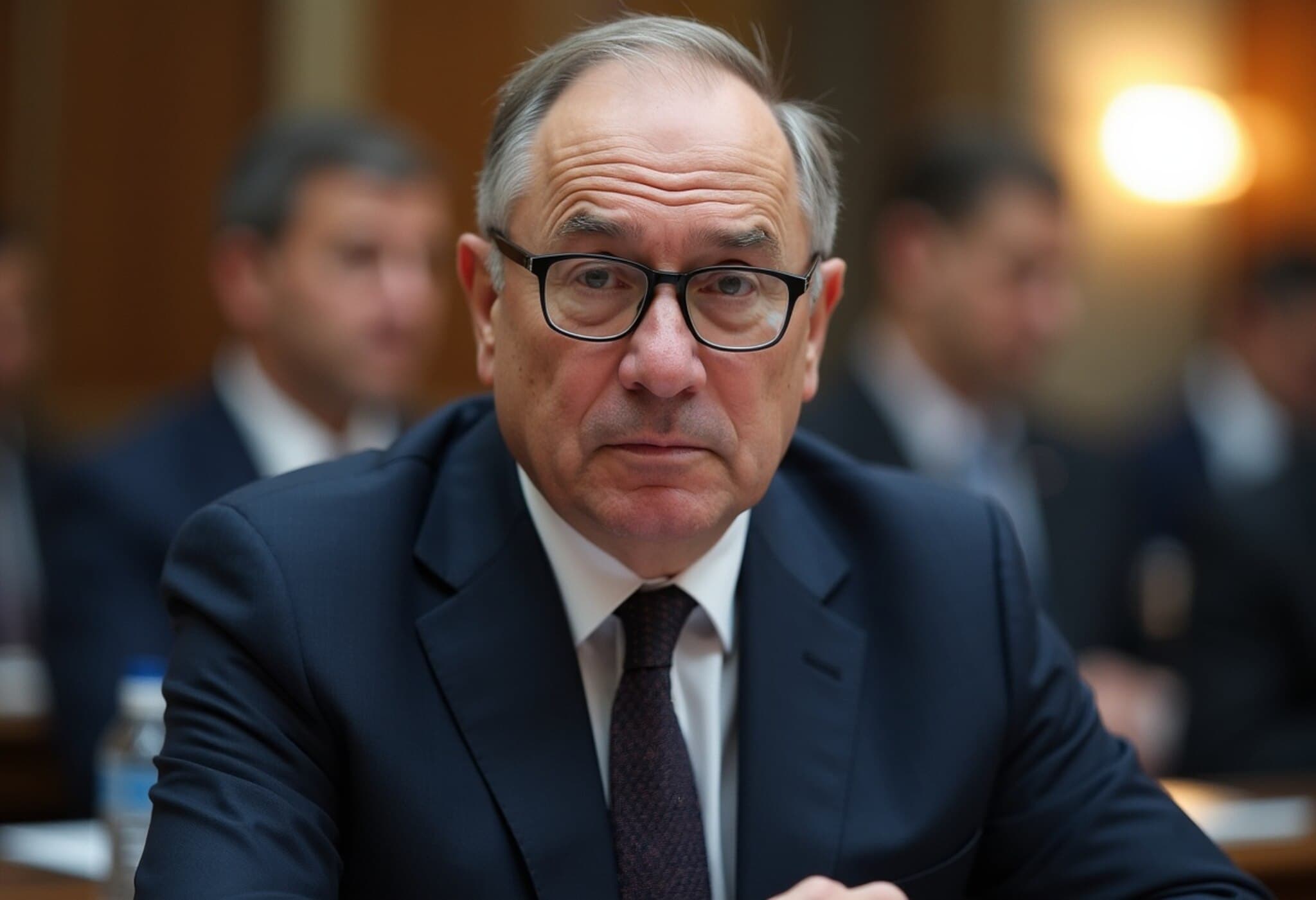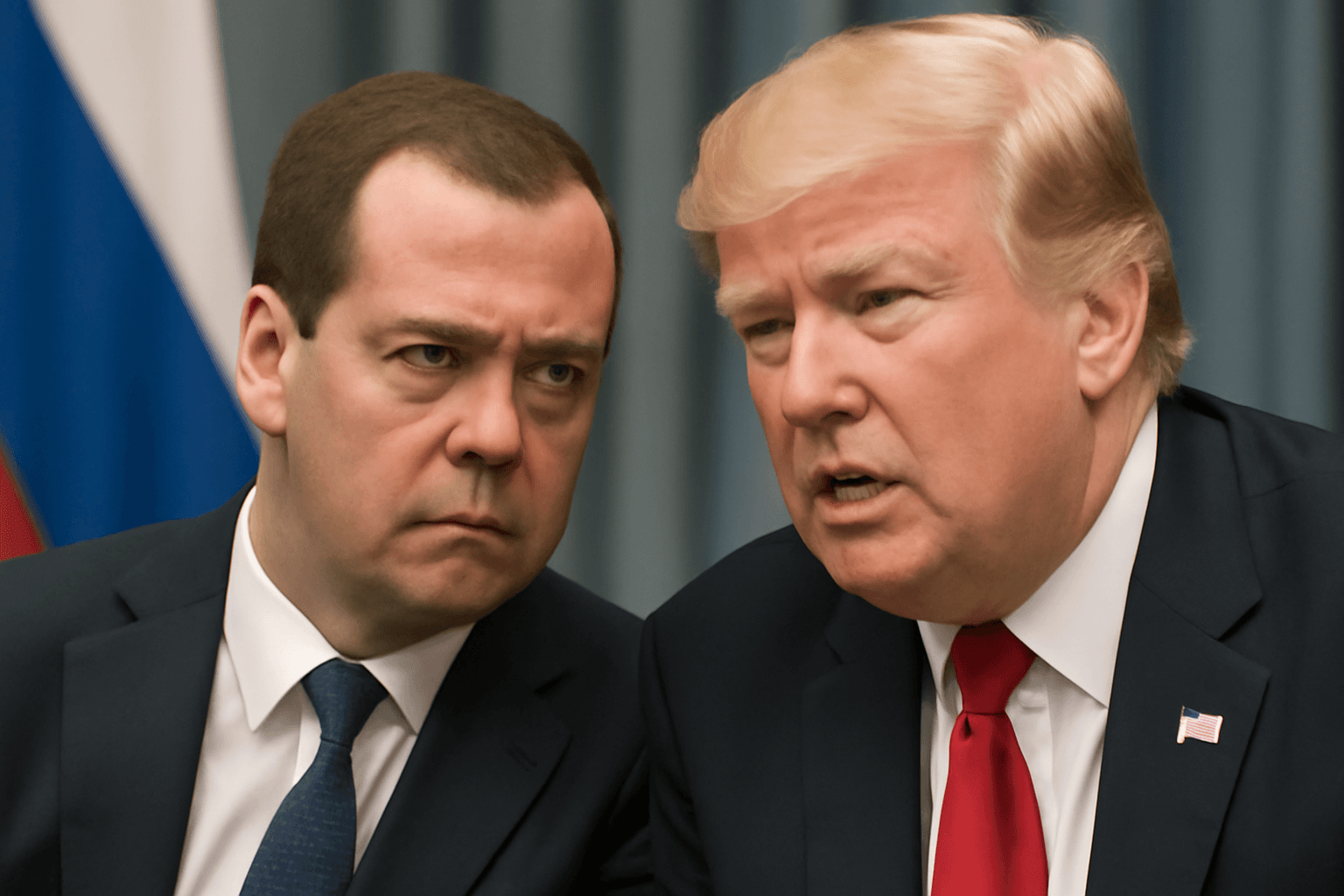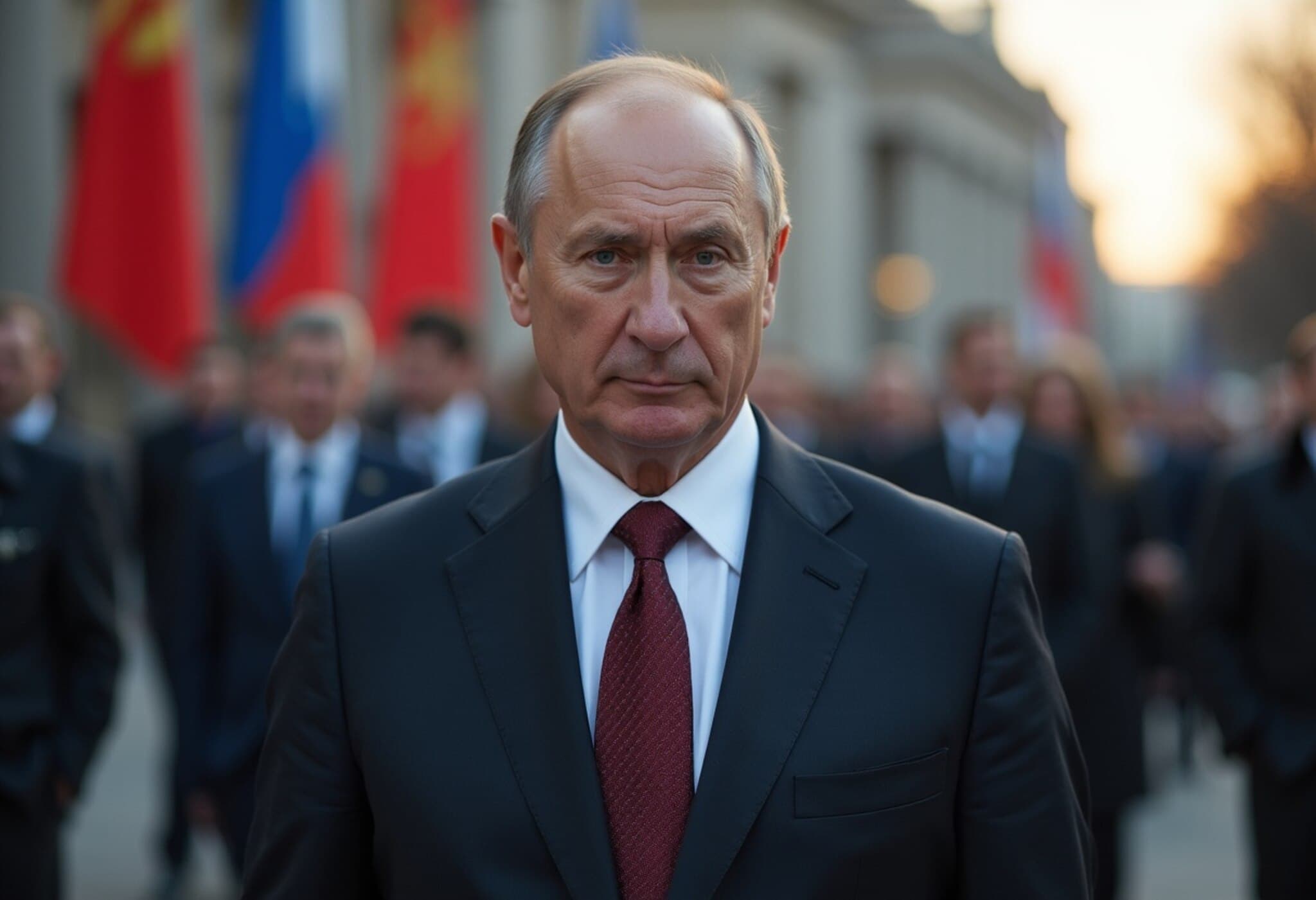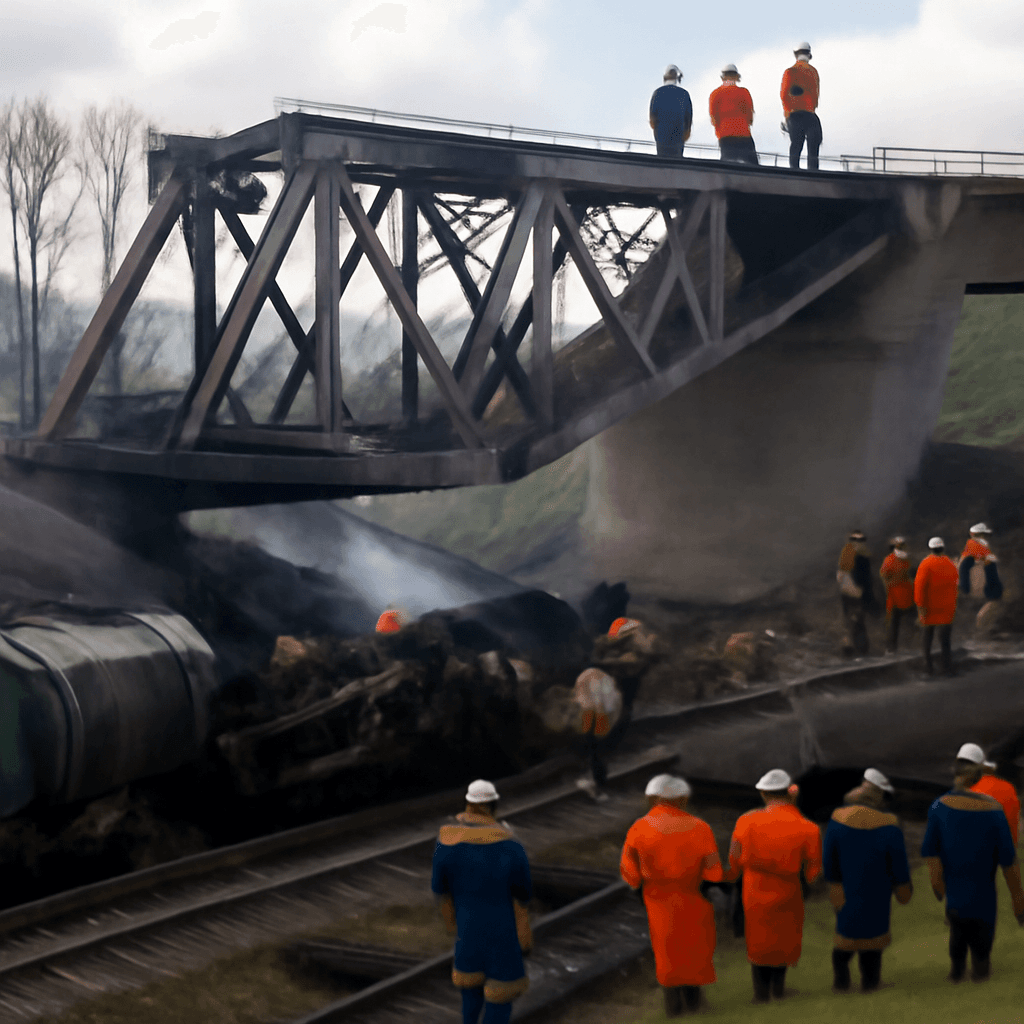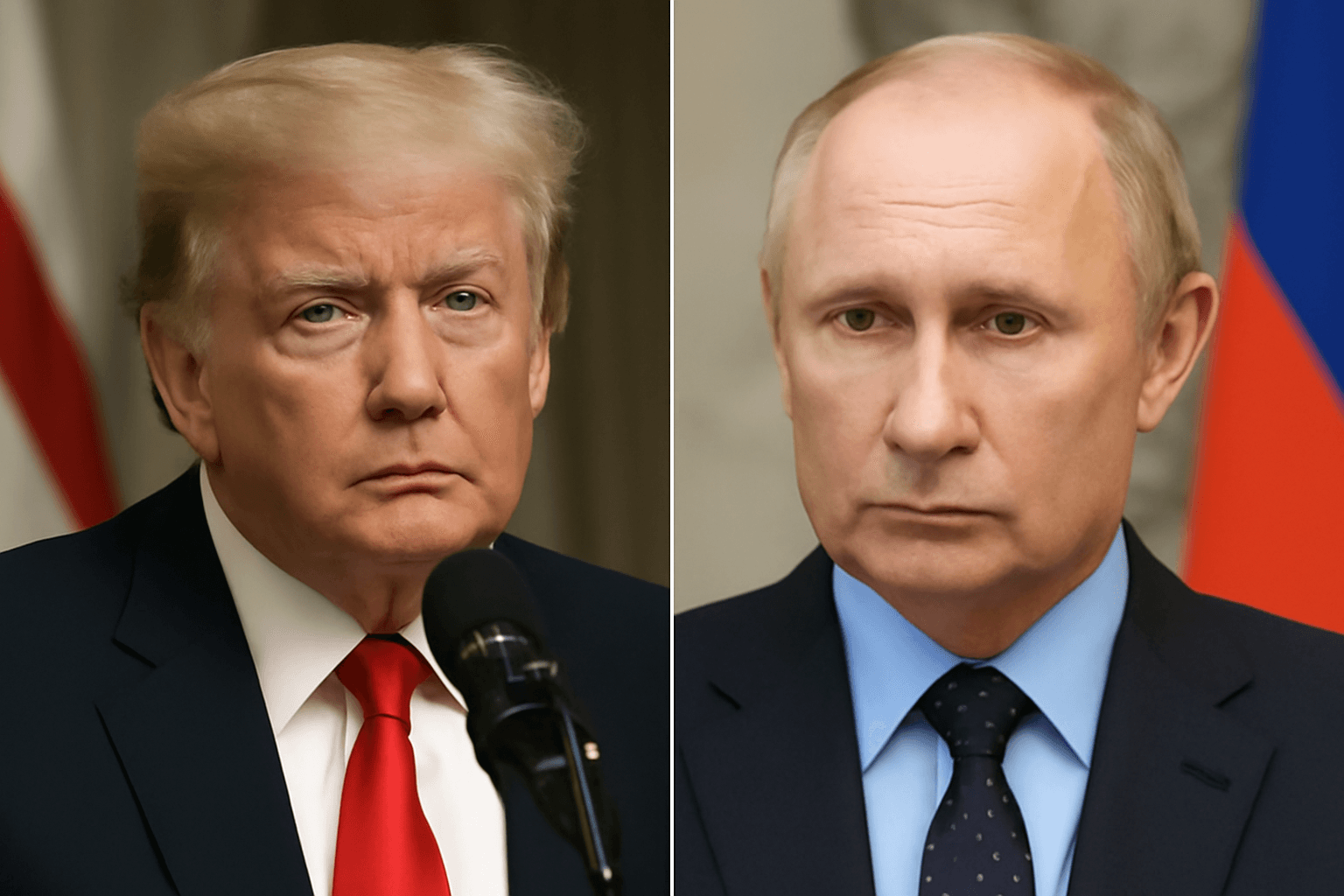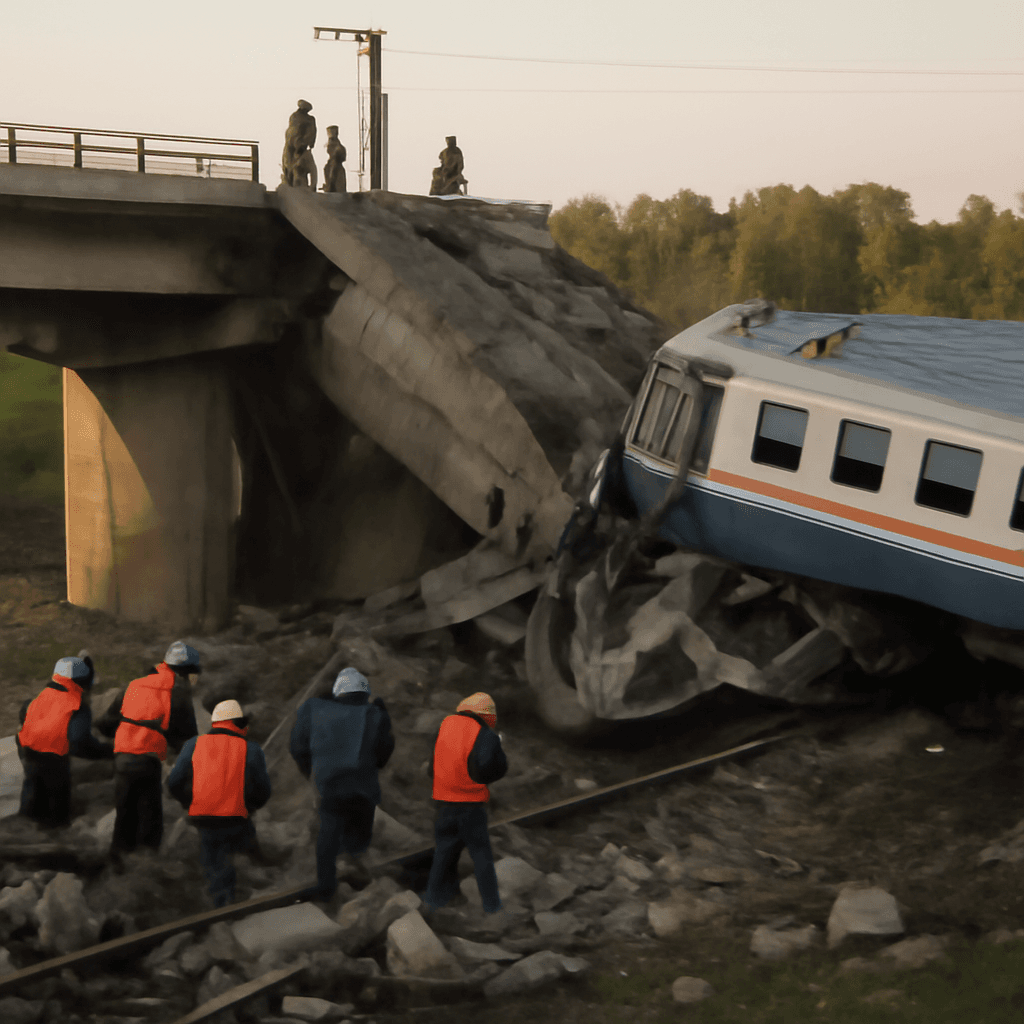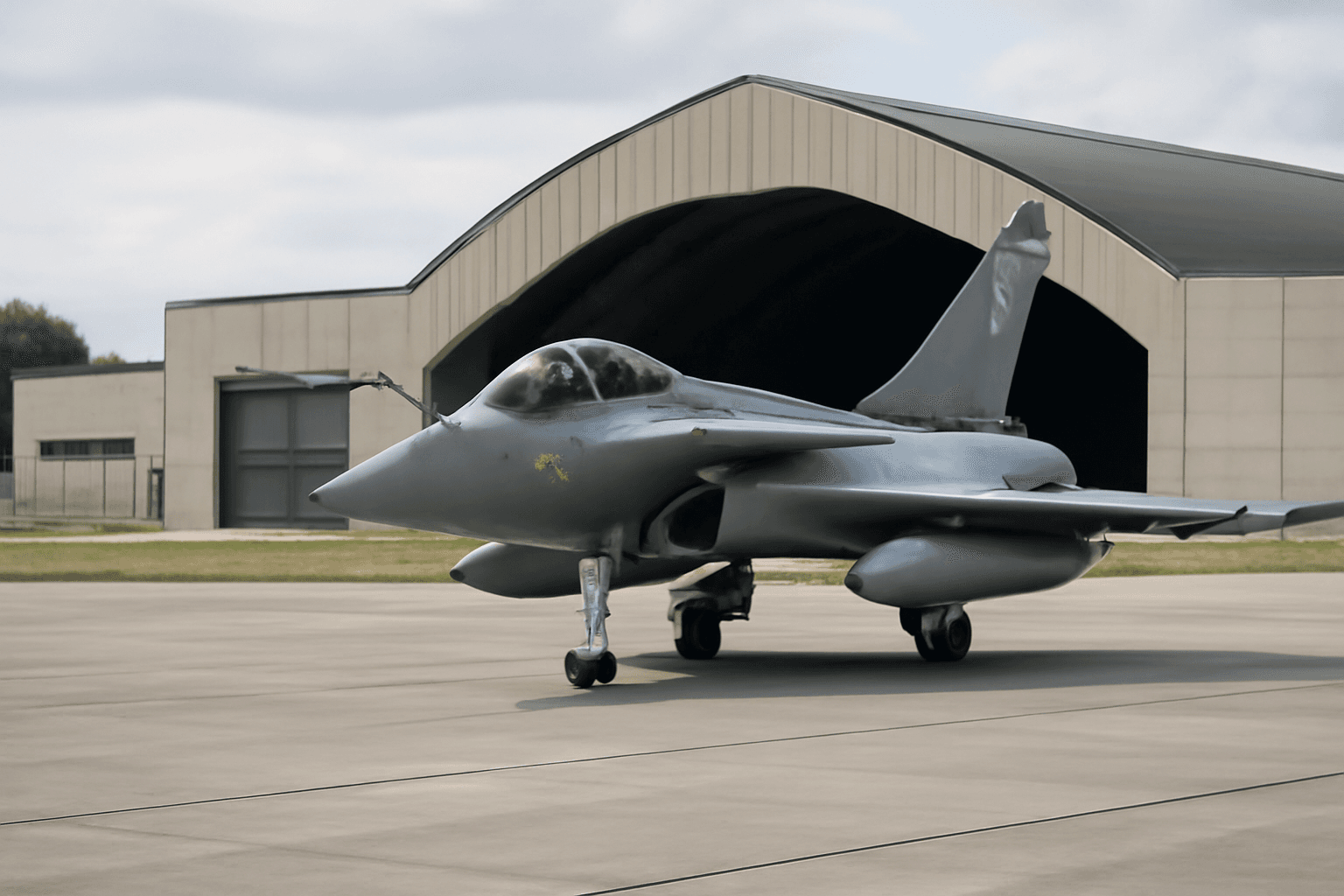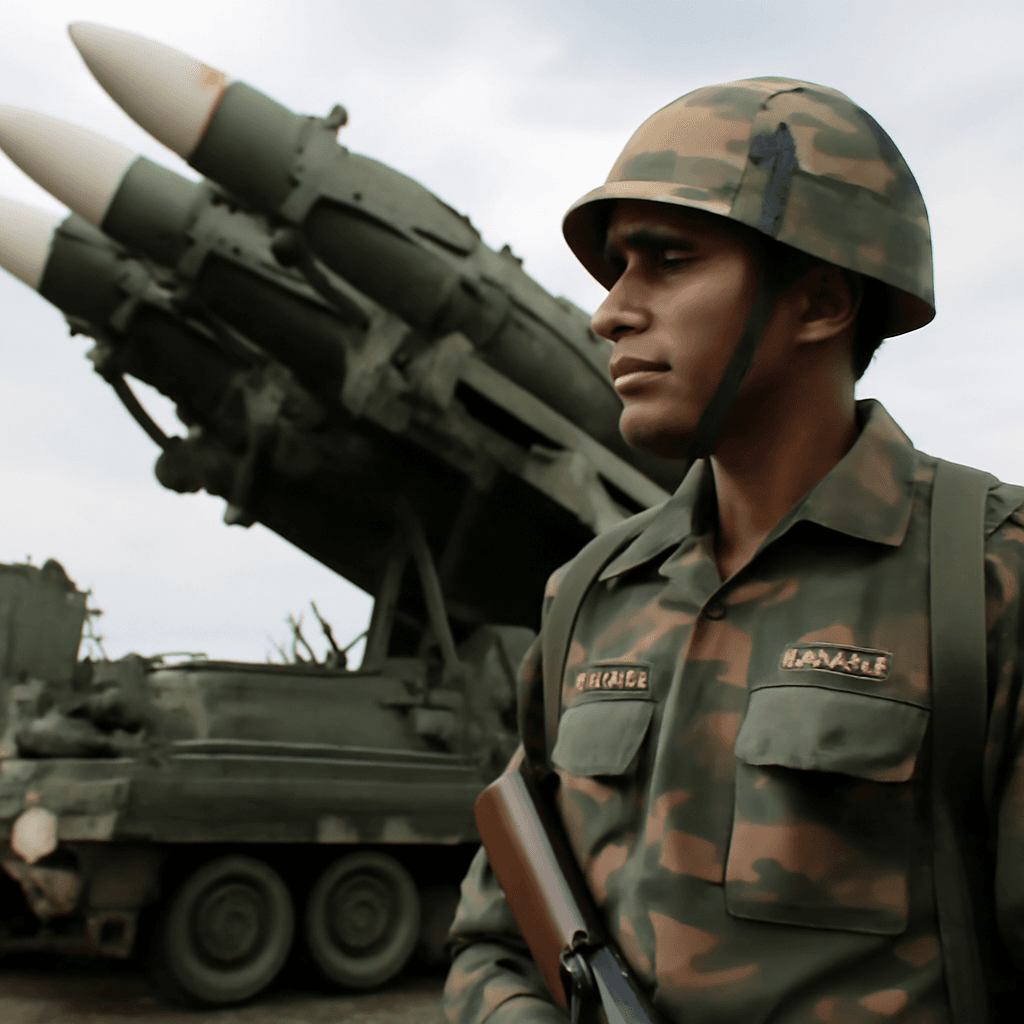Russia's Bomber Fleet Severely Impacted by Ukrainian Drone Attacks
Russia is confronting significant challenges in replenishing its bomber fleet after Ukrainian drone strikes targeted airbases in Siberia and other northern regions. Satellite imagery reveals extensive damage, including multiple aircraft burned beyond repair, signaling a blow to Russia's long-range aviation capabilities.
Extent of Losses and Conflicting Reports
Western officials estimate that up to 20 warplanes were affected, with around 10 destroyed. Contrarily, Russian authorities have denied any planes were destroyed, promising swift repairs, while military bloggers within Russia acknowledge losses or serious damages to approximately a dozen bombers, attributing the situation to command negligence.
Strategic and Symbolic Impact
The drone attacks, reportedly prepared over 18 months under a Ukrainian intelligence operation codenamed Spider's Web, dealt not only physical damage but also a symbolic setback to Russia’s nuclear-armed image. Although the strikes will not significantly reduce Russia's nuclear strike capabilities—largely reliant on ground and submarine missile systems—the affected bombers are vital for conventional long-range missile strikes used extensively throughout the conflict in Ukraine.
Significance of the Damaged Aircraft
The bombers targeted include the Tu-95MS Bear-H and Tu-22M3 Backfire, key components of Russia’s long-range aviation forces. These aircraft have been deployed to launch conventional missile attacks on Ukrainian infrastructure, military installations, and cities. Additionally, they undertake strategic patrol missions in the Arctic, North Atlantic, and Pacific as demonstrations of Russian military reach.
Before the 2022 invasion, Russia operated an estimated fleet of:
- 50-60 Tu-95MS Bear-H
- Approximately 60 Tu-22M3 Backfires
- About 20 Tu-160M Blackjack heavy bombers
Current assessments suggest losses exceeding 10% of the combined Bear-H and Backfire fleet due to drone strikes and previous wartime attrition.
Challenges in Replacing Lost Aircraft
Replacing these bombers poses significant difficulties primarily because they are Soviet-era designs discontinued decades ago. Modern production lines for these precise models do not exist, and it is unclear if Russia maintains usable spare airframes. Furthermore, Western sanctions targeting critical components like microprocessors restrict the ability to produce or upgrade these aircraft, despite Russia’s efforts to source alternatives.
Production Delays and Modernization Efforts
Russia has been slowly modernizing its Blackjack fleet, a process highlighted by President Putin’s recent flight in a Tu-160M to signify readiness. However, production remains limited, with estimates suggesting a rate of only around four new aircraft per year.
Development of Russia’s next-generation bomber, the PAK DA, has been sluggish. Contracted in 2013 with Tupolev, Russian sources indicate state test flights are planned for next year, with initial production potentially beginning in 2027. However, capacity constraints, budgetary shortfalls, and sanctions-related technology restrictions threaten the timely progression of this program.
Implications for Russian Military Capabilities
Experts assert that these bomber losses put substantial pressure on an already overextended force operating at maximum capacity. The difficulties in accelerating replacement programs mean Russia may face a long-term gap in its long-range conventional strike capability. This situation coincides with broader delays experienced across multiple major defense projects, including the development of Russia's new intercontinental ballistic missile systems.
In summary, the Ukrainian drone strikes have not only inflicted material damage on a vital segment of Russia's air power but also exposed vulnerabilities in its military aviation production and modernization efforts, underscoring the strategic challenges Moscow faces amid ongoing conflict and international sanctions.


